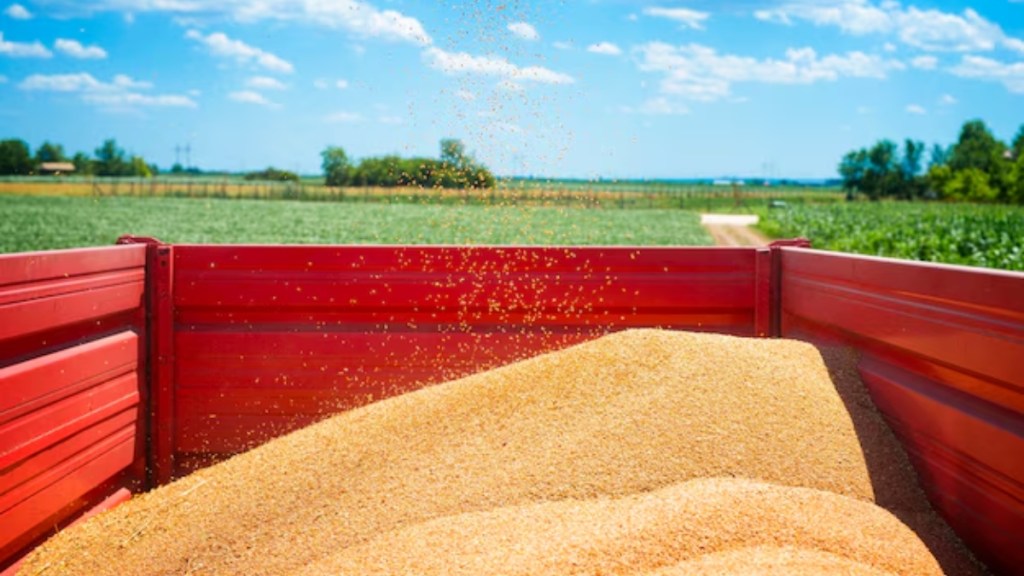To avoid spike in prices of agricultural commodities, the Survey has suggested linking of ‘high-frequency’ price monitoring data for essential food items, collected by various agencies, from the prices at the farm gate till the consumer level. The Survey stressed on the need for development of robust data collection and analytical systems to monitor prices, stock and storage of agricultural commodities.“This data should be used to identify areas for improvement and make informed policy decisions,” the Survey noted.
Long-term price stability could be achieved by robust data systems, developing climate-resilient crops, reducing crop damage and post-harvest losses, the Survey stated.
It said that the country faces a persistent deficit in the production of pulses and oilseeds, along with frequent fluctuations in tomato and onion production, leading to price pressures. The Survey has suggested research for developing climate-resilient crop varieties, enhancing yield and reducing crop damage.
“Efforts to expand the area under pulses in rice-fallow regions are likely to help,” it has noted. Currently, area under pulses and oilseeds is only a fraction of the country’s crop area, and their cultivation is confined to just 55 districts.
India imports about 58% and 15% of its annual edible oils and pulses consumption respectively.
According to the Survey, the output of rice and tur, key kharif crops, is expected to increase by 5.9% and 2.5% respectively, in the current crop year as compared to 2023-24. A normal southwest monsoon in 2024 has improved the water levels in reservoirs, ensuring sufficient water for irrigation during the rabi crop production.
“This could lead to softening of food inflation pressures over the course of the year. However, rising international vegetable oil prices may pose an upside risk to food inflation,” it stated.
The consumer food price index inflation has averaged 8.4% in April-December, 2024.
Uneven monsoon-induced supply disruptions in certain regions caused price pressures, mainly in tomatoes and onions, contributing to higher inflation rates in vegetables and overall food inflation, the Survey has noted.
It has stated that extreme weather events such as cyclones, heavy rains, floods, thunderstorms, hailstorms and droughts impact vegetable prices.
“The evidence indicates that inflationary pressure in horticultural commodities in 2023-24 was driven by unseasonal rainfall during the pre-monsoon season, which damaged crops in major horticulture-producing state.”
Retail inflation in tomato declined to 31.33% in December 2024 on year from 160% two months ago because of fluctuations in supplies. Inflation in onion declined to 10.99% in December 2024 from 66% in September last year.
The Survey also observed that the coexistence of good areas sown, coupled with greater price volatility, suggest that extreme weather events significantly impact production and supply chains, thereby affecting retail prices.
It noted that price pressures are not fundamentally due to a shortfall in production but to post-harvest losses, seasonal production and regional dispersion in production.
To ensure domestic supplies of agricultural commodities, the government has initiated several measures, including periodically imposing stock limits, monitoring through the stock disclosure portal and retail sales from its stock.
The India Meteorological Department has indicated a notable increase in the frequency of extreme weather conditions, particularly heatwaves in recent years. “On an average, during 2022-2024, India experienced heatwaves on 18% of days compared to 5% of days in 2020 and 2021,” according to the Survey.

